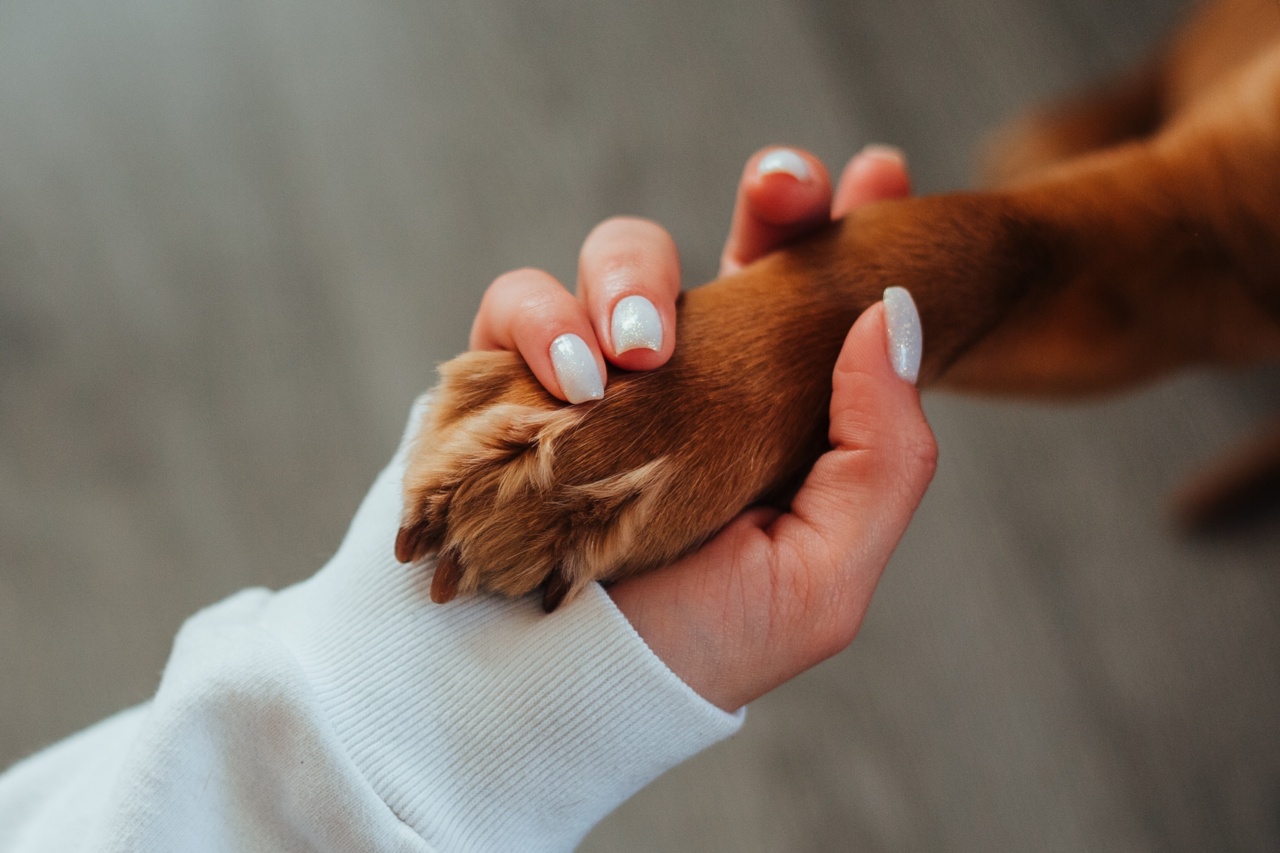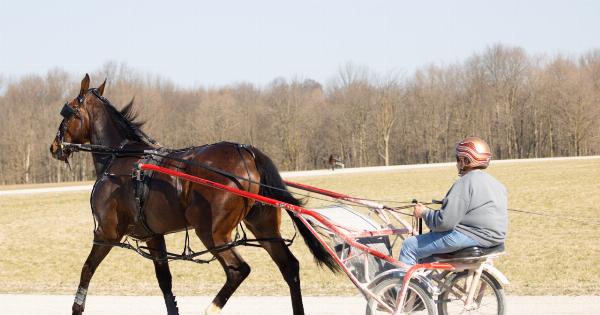Dogs are amazing creatures. They are loyal, intelligent, and can quickly become a member of our family. But, training a dog can be a challenging exercise. It requires patience, consistency, and understanding of your pet.
While training your furry friend, you may make some common mistakes that can make the process longer and more frustrating than it needs to be. Let’s explore some of these errors and how we can avoid them.
Mistake 1: Inconsistency in Rewards
Dogs are eager to please their owners and respond well to positive reinforcements. However, inconsistency in rewards can confuse them.
If you give your dog a treat when he sits down but don’t reward him on the next occasion, he might get mixed signals, which can make the learning process more complicated. To avoid this, decide the behavior you want to reward, always offer a treat or praise after the right action, and never give rewards when your dog behaves poorly. Consistency is key to effective dog training.
Mistake 2: Ignoring Mental Stimulation
Physical exercises are essential for your dog, but mental stimulation is equally important. Dogs need mental exercise to thrive, develop, and avoid boredom.
Training your dog to use puzzle toys, teaching him new tricks, or engaging him in challenging games can ensure mental stimulation and improve his behavior. A bored dog is a destructive dog, so invest time in mental stimulation.
Mistake 3: Not Understanding Body Language
Dogs communicate with body language, and understanding it is crucial to training. Inappropriate interpretation of body language can lead you to misunderstand your dog’s behavior and deny him basic needs.
Some signs that your dog is uncomfortable or stressed include tucked tails, lowered ears, yawning, and lip licking. Learn your dog’s body language and take every opportunity to use it to understand and communicate with your furry friend.
Mistake 4: Punishing Your Dog for Bad Behavior
It can be tempting to punish your dog when he makes mistakes, but punishment is not the best way to deal with bad behavior. Punishment can damage the relationship between you and your dog. Dogs do not understand punishment in the same way humans do.
Instead of punishment, use positive reinforcement to encourage good behavior. Reward him when he does something right, and redirect his attention if he engages in negative actions.
Mistake 5: Failing to Socialize Your Dog
Socialization is the process of introducing your dog to various environments, people, animals, and experiences. It helps him learn how to behave appropriately and become a well-adjusted adult dog.
Avoiding socialization can lead to destructive behavior, anxiety, and other negative behaviors. Socializing your dog requires patience and consistency. Present him with new people, dogs, or experiences gradually and always use positive reinforcement to encourage him when he behaves well.
Mistake 6: Not Being Patient
Training a dog requires patience, persistence, and time commitment. It’s essential to understand that your dog will not learn everything in a day. Dogs need time to understand what is expected of them and to develop new habits.
Yelling or showing frustration will confuse your dog and slow the learning process. Maintain a calm and positive tone when dealing with your dog. Celebrate even the smallest training successes, and the progress will come over time.



























